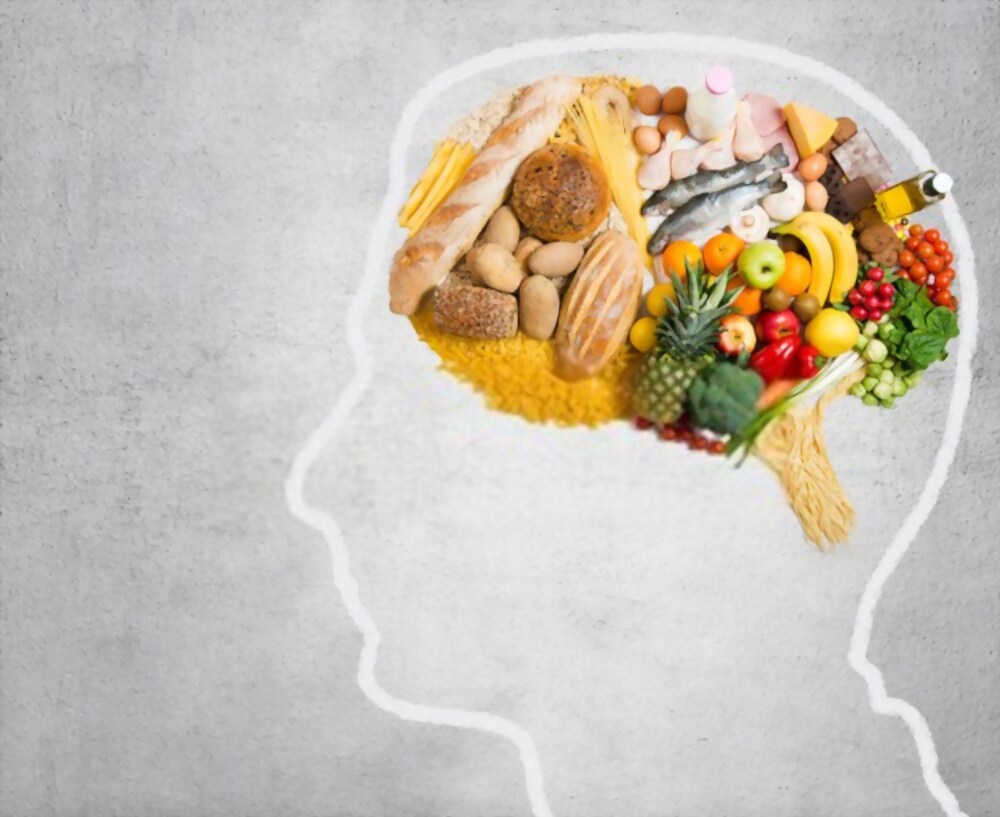Everything You Need To Know About Low Back Pain
Low back pain no different etiology is found in 85 of the cases of low back pain. Ninety percent of patients with a single episode of low back pain return to work within six weeks.
Low back pain is the second most common cause of work absenteeism history of low back pain is the single most important factor predicting future occupational low back pain persistent. Low back pain more than six months constitute four percent of the cases this ability
may be closely linked to compensation
and litigation
here is a diagram that shows the
intradiscal
pressure related to the activity and the
position
of a person the least
amount of pressure is measured with the
patient
lying supine
the highest disc pressure is measured
while sitting
and leaning forward with 20 kilogram
load in the arm
by keeping the weight of the load close
to the body
this reduces the compressive forces
placed on the lumbar spine
yoga activities and exercises performed
during sitting
probably have less pressure being placed
on the discs
physical factors which lead to low back
pain
lack of fitness heavy lifting of
objects holding loads close to the body
is important to reduce compression
forces
on the lumbar spine operating motor
vehicles
prolonged setting operating
vibrating tools history of cigarette
smoking nicotine causes disc
degeneration
these are the physical factors that
could lead to low back pain
what are the examples of sports related
activities
that lead to low back pain golf
pain as a result of twisting and
forward bending and over arching the
spine
during the swing after the age of 40
years old
the person lose 50 percent
of the rotational movement of the spine
it is important to perform stretching
and warm-ups
before starting the game
horseback riding can cause low back pain
vibration caused by the horseback riding
increases the load on the desks
the back muscles work constantly to keep
the posture straight caring for the
horses
could contribute to low back pain due to
the bending
and the lifting associated with their
care
etiology of low back pain why
pain occurs virtually any structure
in the spine can hurt
the facet joints intervertebral
discs the spinal canal
sacroiliac joints
muscles ligaments
nerves hip joint
peripheral syndrome
and through captive bursitis all these
factors
may cause low back pain however cancer
can cause
low back pain and these are the red
flags for cancer
patients over 50 years old pain
at rest and at night unexplained
weight loss history of cancer
bone destruction involving the pedicures
on the x-rays
is pathognomonic you can see here
in the diagram the bone cancer involving
the vertebral body and you can see also
how the intervertebral
discs are spared infection can also
cause low back pain here are the red
flags for infection diabetes mellitus
fever intravenous drug abuse
urinary tract infection and a previous
surgery on the spine
here you can see that the disc is
affected
but the vertebral body is spared
you need to diagnose a patient with
cauda equina
this is another huge red flag
for is low back pain with involvement
of the bladder and bowel
so the first question you ask a patient
with low back pain
do you have bladder or bowel involvement
at that point if the answer is yes you
need to get
a stat mri
now examination of the patient we do the
initial assessment
we focus on the red flags the fractures
the tumor the infection and the cauda
equina to see
if we have any of these red flags or not
so the signs and symptoms of cauda
equina would be back pain
ladder and bowel disturbance bilateral
leg pain and weakness saddle anesthesia
rectal and genital area sensory changes
so in the absence of red flags imaging
studies are usually not helpful in the
first
four to six weeks the intensive
workup may not be necessary in the early
stages
of routine low back pain
nowadays the patient wants to know
and wants to know now do you want to
know
about their problem and how you the
doctor can fix it
if you don't get x-rays or mri it is
considered good care but you may end by
bad patient satisfaction it is a dilemma
and you got to explain the problem to
the patient
so you may hint that if you don't get
better
i will get x-rays in the next visit
i mean actually consider an mri if your
condition
is not improving
so treatment of low back pain will be a
conservative treatment
maybe maximum one or two days of
rest then you will have pain control by
non-steroidal
anti-inflammatory medication or medical
dose
pack we need to watch for non-steroidal
anti-inflammatory medication
toxicity the gastritis gi
bleed platelet dysfunction and renal
dysfunction
physiotherapy as soon as pain control
is achieved then you will give the
patient
soft brace or a corset epidural
injection
it has some success rate often
short-lived
improvement
how about return to work and what
happened to patients sustaining
chronic disabling occupation and low
back pain
without any intensive rehab or therapy
the data shows if they're out of work
for six months
fifty percent of them return to work
if they're out of work for one year
twenty percent
of them returned to work if they're out
of work
for more than two years almost none
returned to work
the best treatment for acute low back
pain
is to continue with the ordinary daily
activities
within the limits permitted by the pain
the best treatment for low back pain
patients
without red flags is to go back to work
thank you very much i hope that was
helpful
you

